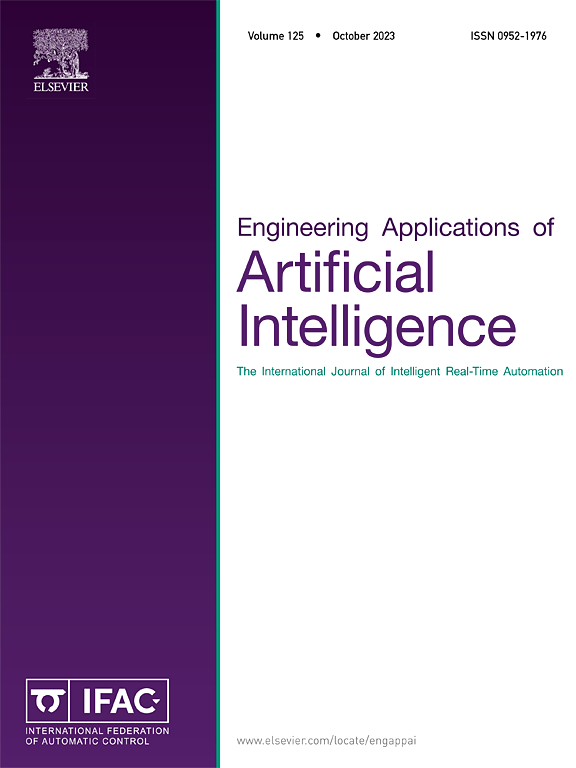Understanding the impacts of negative advanced driving assistance system warnings on hazardous materials truck drivers’ responses using interpretable machine learning
IF 7.5
2区 计算机科学
Q1 AUTOMATION & CONTROL SYSTEMS
Engineering Applications of Artificial Intelligence
Pub Date : 2025-02-20
DOI:10.1016/j.engappai.2025.110308
引用次数: 0
Abstract
In recent years, Artificial Intelligence (AI) has significantly enhanced road safety, with Explainable Artificial Intelligence (XAI) providing essential transparency and trust. Our research utilizes AI to improve Advanced Driving Assistance Systems (ADAS) by investigating the gap in Forward Collision Warning (FCW): the impact of previous negative warnings (false and nuisance warnings) on drivers’ response times to subsequent accurate FCWs. By integrating XAI methods, we offer insights into the factors affecting driver behavior and system trust. Utilizing extensive dataset that encompasses various driving scenarios and driver behaviors, we constructed a gradient-boosting machine model to forecast driver response times. To explain the underlying mechanics of the model, the Shapley Additive Explanations (SHAP) framework was employed, enabling a comprehensive interpretation of feature importance and inter-feature interactions. Key findings reveal that increased speeds heighten driver responsiveness due to amplified alertness, whereas slower speeds lead to delayed reactions. The influence of previous negative warnings, significantly extends response times to accurate warnings. Additionally, older drivers require longer response times. The relationship between the driving period and previous warning judgment profoundly affects subsequent driver responsiveness, indicating trust dynamics with FCW systems. By using interpretable machine learning, we provide insights into ADAS functionality, suggesting pathways for FCW responsiveness and contributing to the field of XAI applications. In the validation experiment, our approach improved driver response times, reducing the average time from 2.1 s to 1.6 s. The proportion of ignored warnings decreased from 12% to 6%, and the driver acceptance rate increased from 59% to 71%.

求助全文
约1分钟内获得全文
求助全文
来源期刊

Engineering Applications of Artificial Intelligence
工程技术-工程:电子与电气
CiteScore
9.60
自引率
10.00%
发文量
505
审稿时长
68 days
期刊介绍:
Artificial Intelligence (AI) is pivotal in driving the fourth industrial revolution, witnessing remarkable advancements across various machine learning methodologies. AI techniques have become indispensable tools for practicing engineers, enabling them to tackle previously insurmountable challenges. Engineering Applications of Artificial Intelligence serves as a global platform for the swift dissemination of research elucidating the practical application of AI methods across all engineering disciplines. Submitted papers are expected to present novel aspects of AI utilized in real-world engineering applications, validated using publicly available datasets to ensure the replicability of research outcomes. Join us in exploring the transformative potential of AI in engineering.
 求助内容:
求助内容: 应助结果提醒方式:
应助结果提醒方式:


